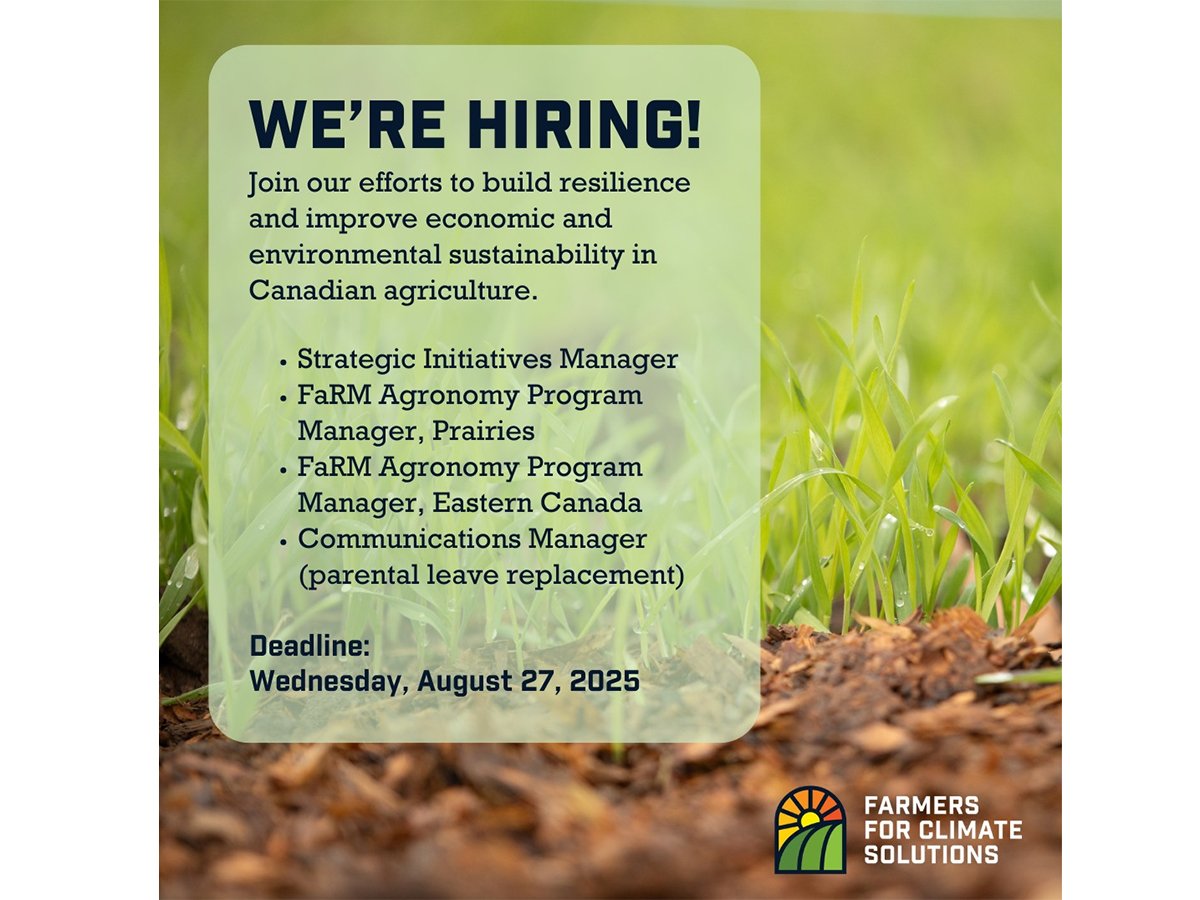SASKATOON —American cattle producers have decisions to make this spring after last year’s devastating drought, says Cattlefax analyst Lance Zimmerman.
The dry conditions were the second worst in recorded history behind only 1934, he told the Saskatchewan Beef Industry Conference Jan. 23.
The widespread drought also came after several years of smaller droughts. Zimmerman said 40 percent of the herd was affected three times in the last 12 years, while more than half was affected last year.
He said the beef cow inventory is expected to drop by 360,000 head this year and another 100,000 head next year before rebounding in 2015 by 350,000 head.
Read Also

Environmental farm group has Ottawa’s attention
In 2021, Farmers for Climate Solutions published a report on how Canada should reduce emissions from agriculture. Not long after, the federal government implemented most of the recommendations in the report.
U.S. producers have imported 10,000 truckloads of hay as they try to feed the cattle they are keeping.
“We have a lot of producers that are rolling dice,” Zimmerman said.
They must decide whether to downsize or keep their cows based on rain, water availability and pasture conditions.
He said hay prices are “an incredible threat” right now. The price is expected to increase from $143 per ton to $153 per ton by late winter.
Zimmerman said hay stocks are the lowest since 1955, and last year’s production was 30 percent lower than 2011, which also saw declining production.
Canadian Cattlemen’s Association president Martin Unrau said the high feed costs are reverberating through the Canadian herd industry as well, particularly in the drought areas of Ontario and southeastern Manitoba.
“It’s just driving a lot of guys into the ground,” he said.
Even finding feed is difficult in those areas. Unrau said prices have doubled or tripled in the last three months, and the cold weather adds to the concern about having enough supply.
The Saskatchewan feed and forage listing service offered hay Jan. 30 that ranged from $50 to $77 per ton. Prices were lower than that on Alberta’s listing.
Zimmerman said the Canadian cow herd declined by 24 percent over the last seven years, but that will change.
“Canada is probably best poised from Mother Nature’s point of view for expansion in 2013,” he said.















